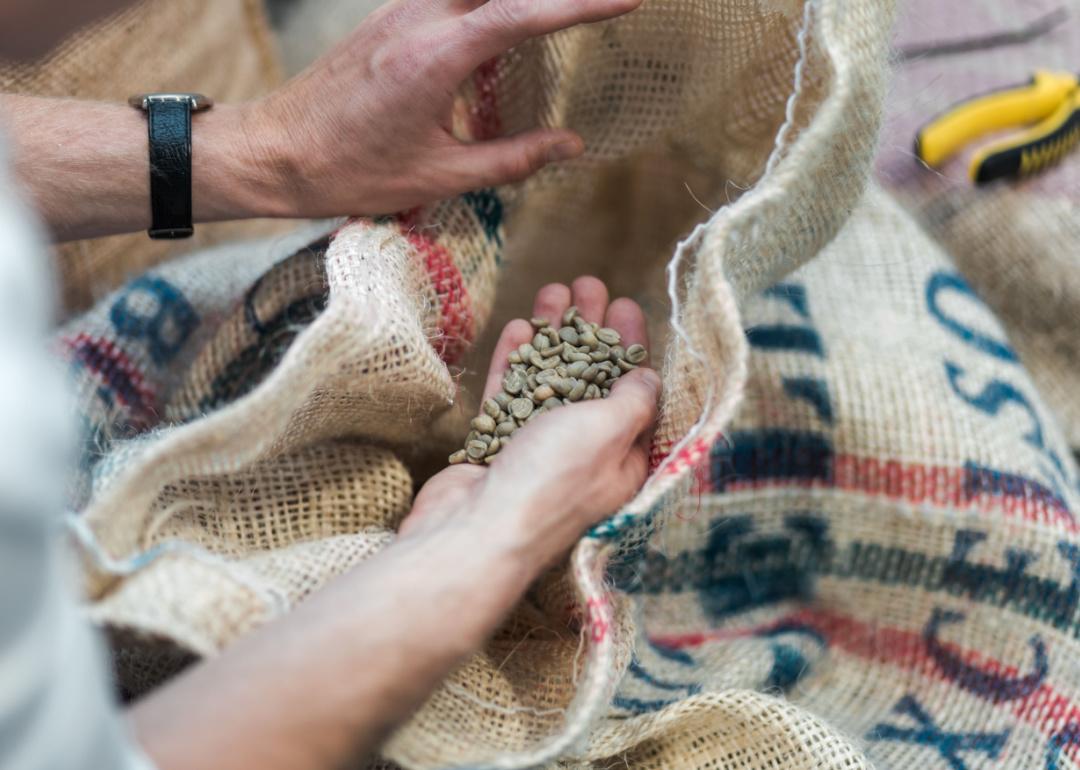
Best coffee-growing countries in the world, according to experts
This story originally appeared on Home Grounds and was produced and distributed in partnership with Stacker Studio.
Best coffee-growing countries in the world, according to experts
Most people know where to find the best cup of coffee in town. What many aren't clued into is exactly how much work goes into cultivating the handful of beans that lend their favorite lattes their brag-worthy flavor.
To give you a glimpse into the world of premier coffee cultivation, Home Grounds researched the countries with the best-tasting coffee beans, according to certified coffee graders. For these countries, producing a high-quality coffee bean isn't simply about sowing and watering a seed every day but ensuring a careful balance of temperature, shade, rainfall, and protection from winds. Just as important to the final taste of the bean is deciding how to process them. Whether a cultivator chooses the "dry" technique, the "wet" technique, or a semi-washed method factors into whether the coffee beans have sweet and fruity notes or are more acidic.
To determine the countries that have perfected this delicate art, the nonprofit Coffee Quality Institute asked certified coffee graders to rate 1,229 coffees from around the world harvested from 2010 to 2018 on a scale of 0 to 100. If you think accuracy might be an issue, you can rest assured that each coffee grader had to pass 22 tests to prove they could grade coffee consistently by its aroma, flavor, acidity, body, balance, and more. The average ratings of the coffees from each country were calculated to determine the best coffee-growing countries worldwide.
Read on to see which 16 countries topped the graders' taste buds.
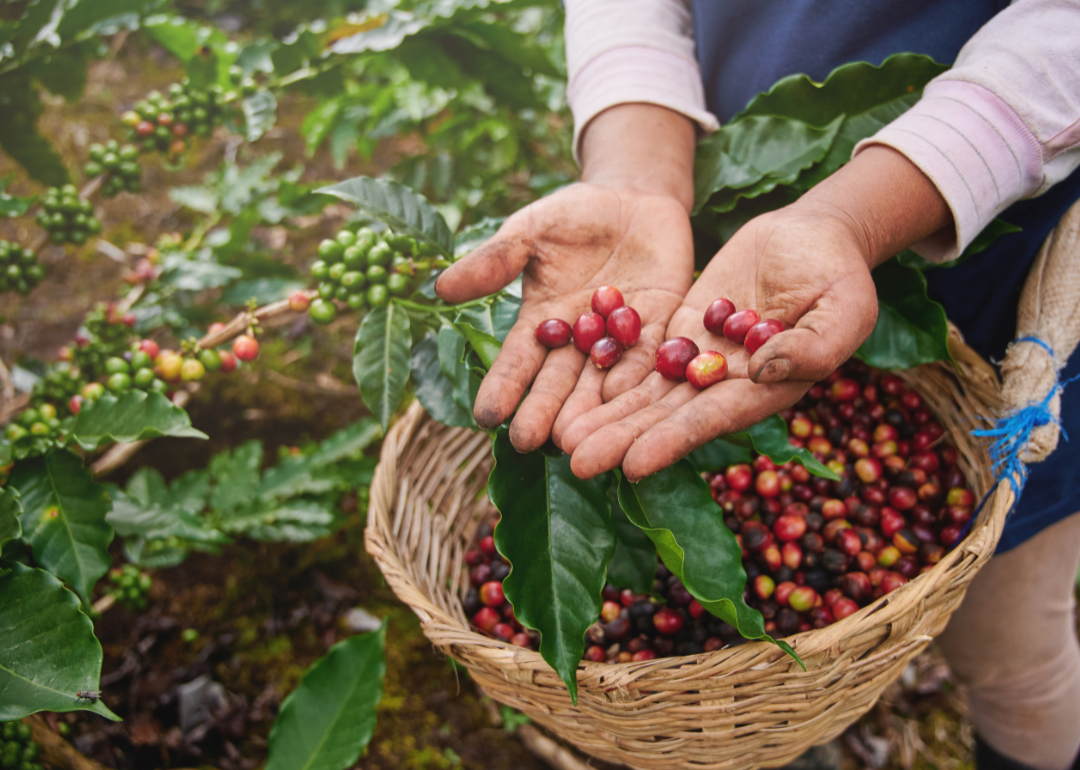
#16. Nicaragua
- Average rating: 80.46
By many estimates, half of Nicaragua's agricultural market is coffee, and the industry employs up to 15% of the country's workforce. This concentration of resources makes sense when you consider most of Nicaragua's coffee exports are sourced from shade-grown plants, which are both more labor-intensive and produce lower yields. For many people, Nicaraguan Arabica coffee's robust, flavorful, and smooth taste is totally worth the effort.
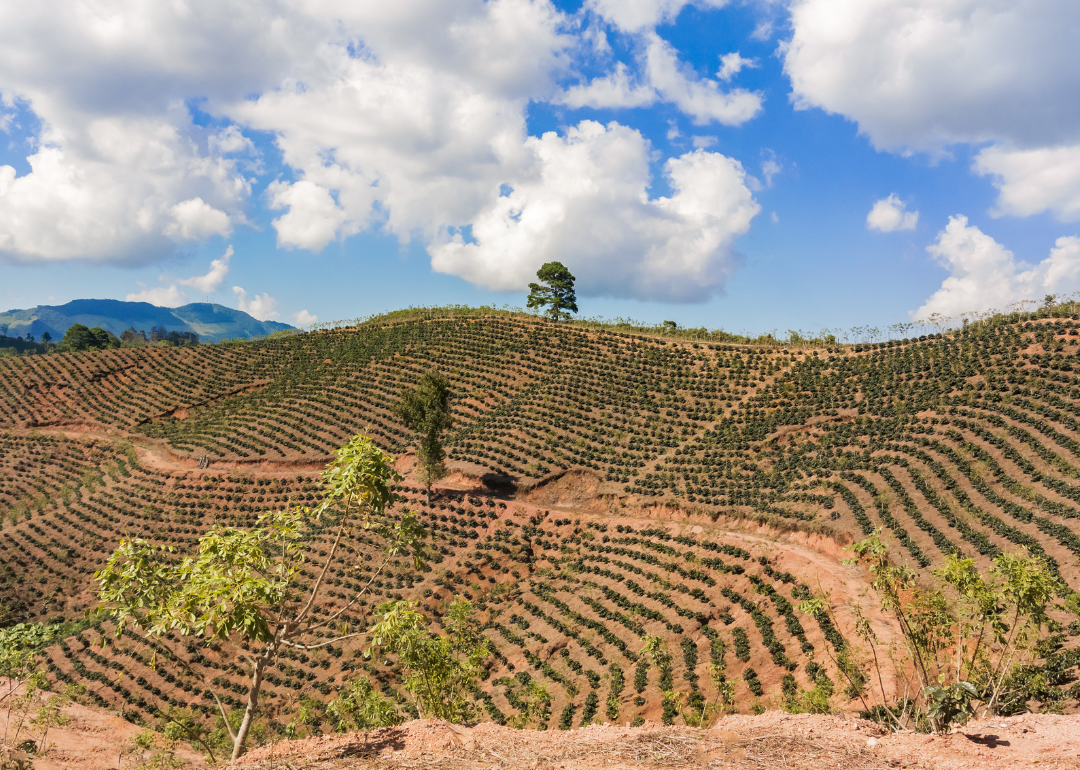
#15. Honduras
- Average rating: 80.88
The ideal conditions for growing coffee plants include warm, tropical temperatures; ample moisture; and rich soils. So it's no surprise Honduras, which has an average temperature of 70 degrees Fahrenheit in the highlands and has regular rainfall, is Central America's top coffee producer. Here, a mix of varieties—including bourbon, caturra, and catuai—abound, with experts like Mihaela Iordache, head roaster and quality control manager at Cafés Belleville in Paris, noting that "the variance in Honduran coffees is nothing short of extraordinary."
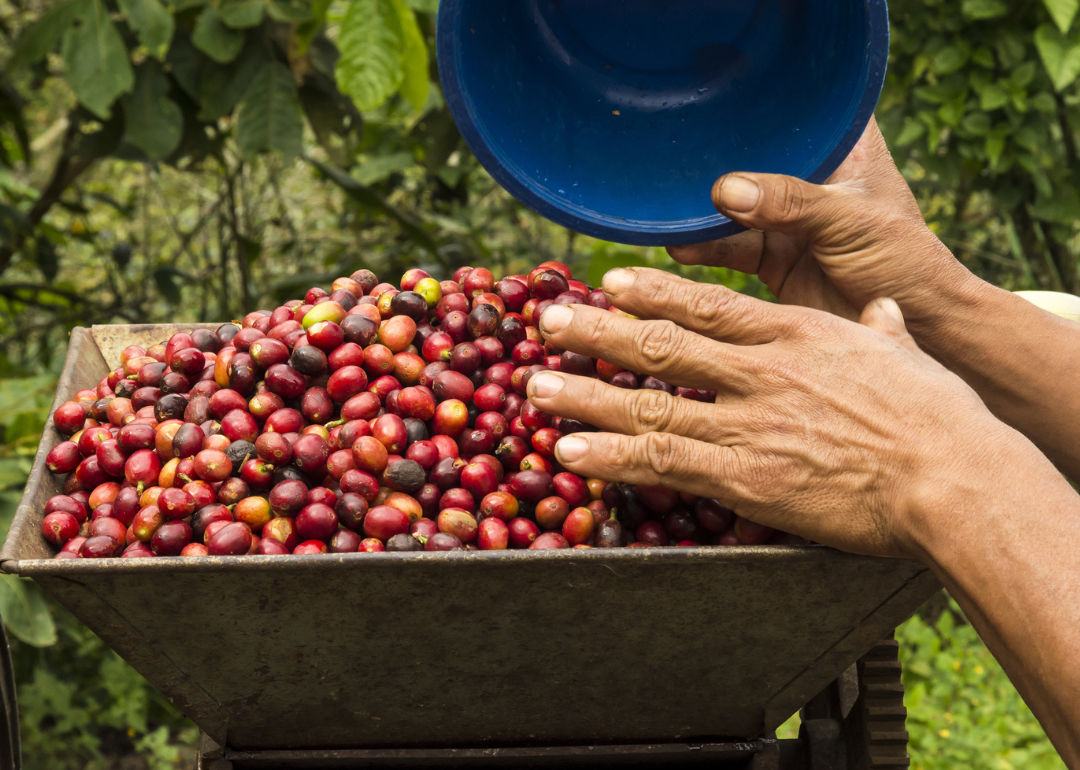
#14. Mexico
- Average rating: 80.89
Thanks to the organization of coffee cooperatives and the influence of Indigenous culture, Mexico has become one of the world's largest exporters of organic coffee. Conglomerates like Starbucks have used the country's rich, shade-grown Arabica coffee beans. With a strong domestic culture of coffee drinking, Mexico keeps some of its best beans for its coffee lovers close to home.
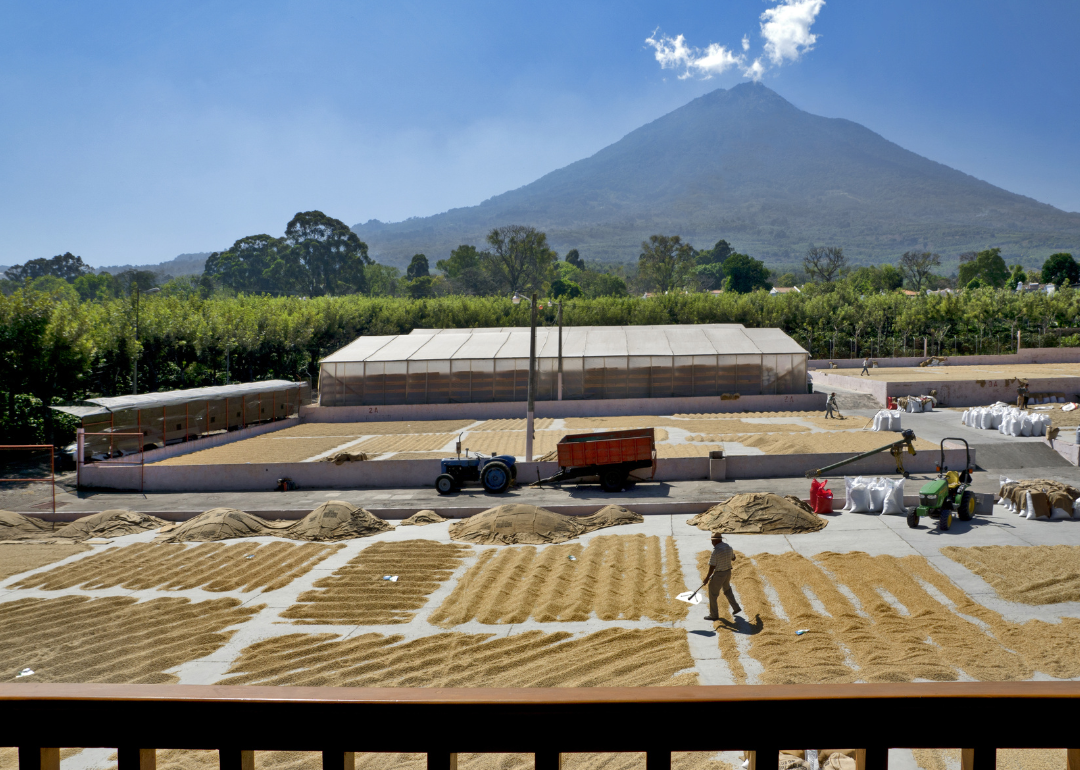
#13. Guatemala
- Average rating: 81.85
Steady rainfall and humidity make Guatemala the ideal country for growing coffee beans, and because of its climate, the country prefers the wet processing method. The technique—which removes all of the pulp from the bean while wet instead of drying the whole cherry first—is also great for bringing out the sweet, gentle acidity that Guatemala's coffee beans are known for.
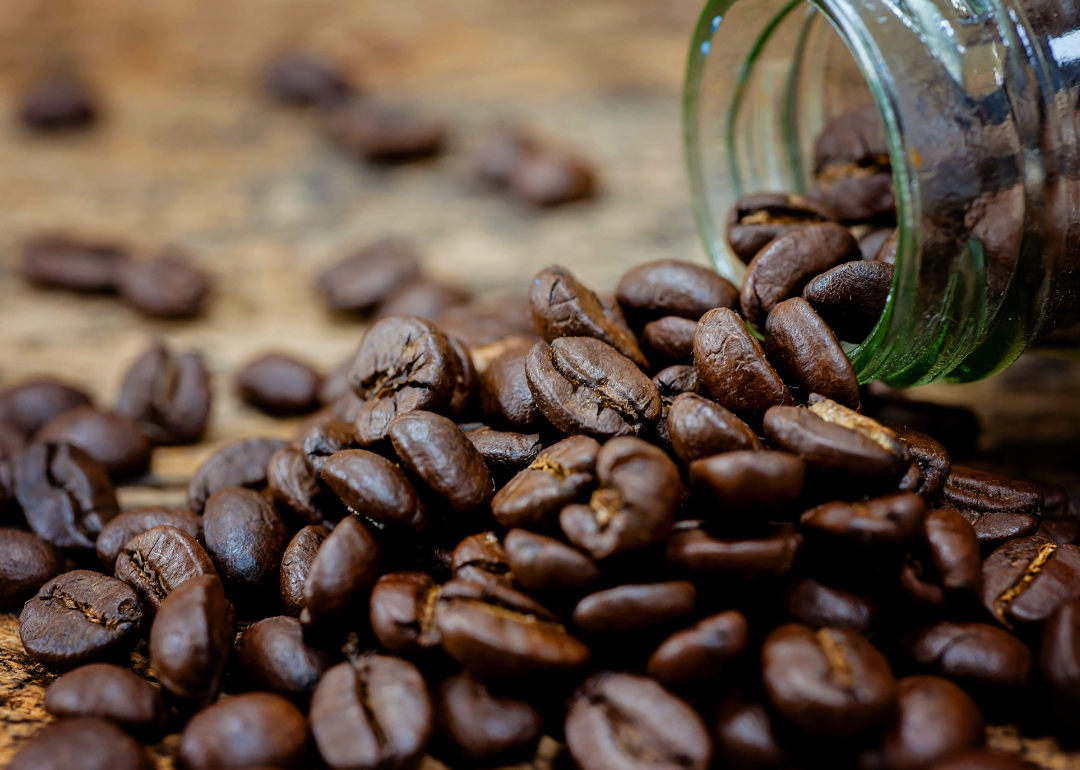
#12. Taiwan
- Average rating: 82.00
Unlike many coffee-growing behemoths, Taiwan's coffee cultivation is still considered pretty small scale. "At most, single producers have a farming area of about one hectare," Orsir Coffee Managing Director Joe Hsu said. But thanks to places like Yunlin County, which has volcanic soil, cool temperatures, and moisture necessary for rich growth, the modest output has a pretty impressive flavor profile. Another reason you might not have heard of Taiwan's beans? "Taiwanese coffee is usually sold domestically. Very little gets exported," Hsu said.
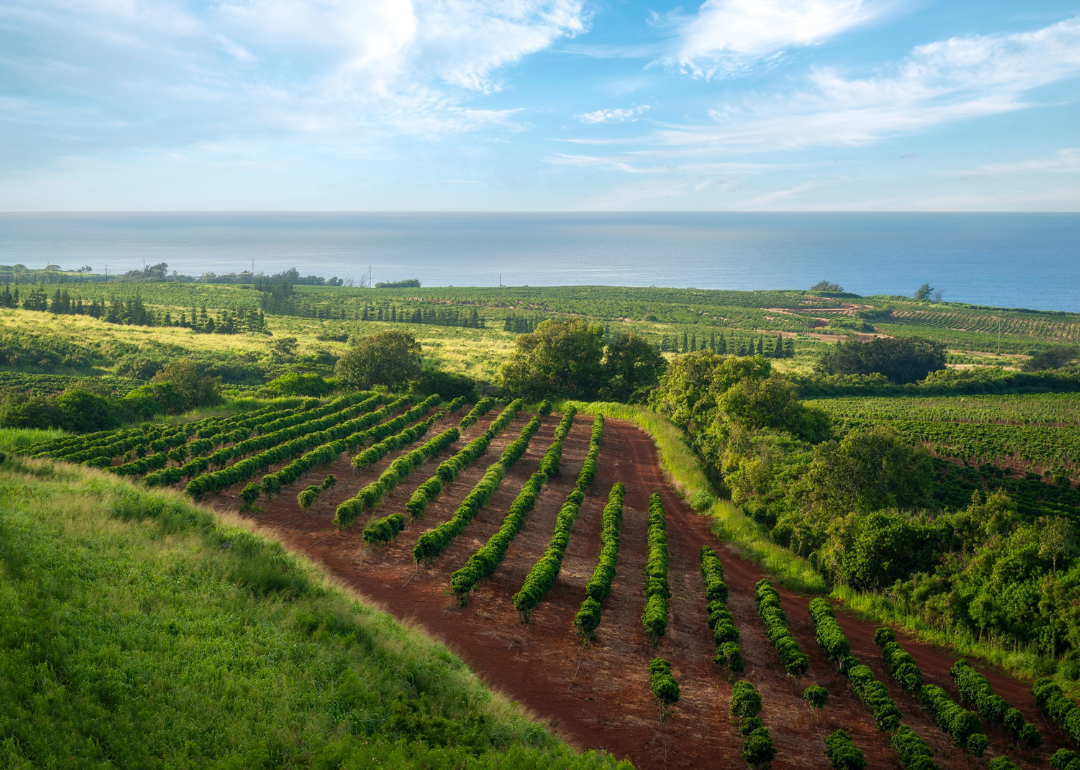
#11. United States
- Average rating: 82.21
Although the U.S. lies outside of the famous "coffee belt"—the area along the equator that has the best conditions for growing the plant—two of its territories help propel it to this list. In Hawaii, volcanic, mineral-rich soils ensure coffees with slightly sweet and nutty notes.
This coffee is so protected that only plants grown in Hawaii's Kona region can bear this special designation. Although Puerto Rico has decreased coffee production in the face of many recent destructive hurricanes, the territory's central mountains have a long history of coffee production that could one day see a resurgence.
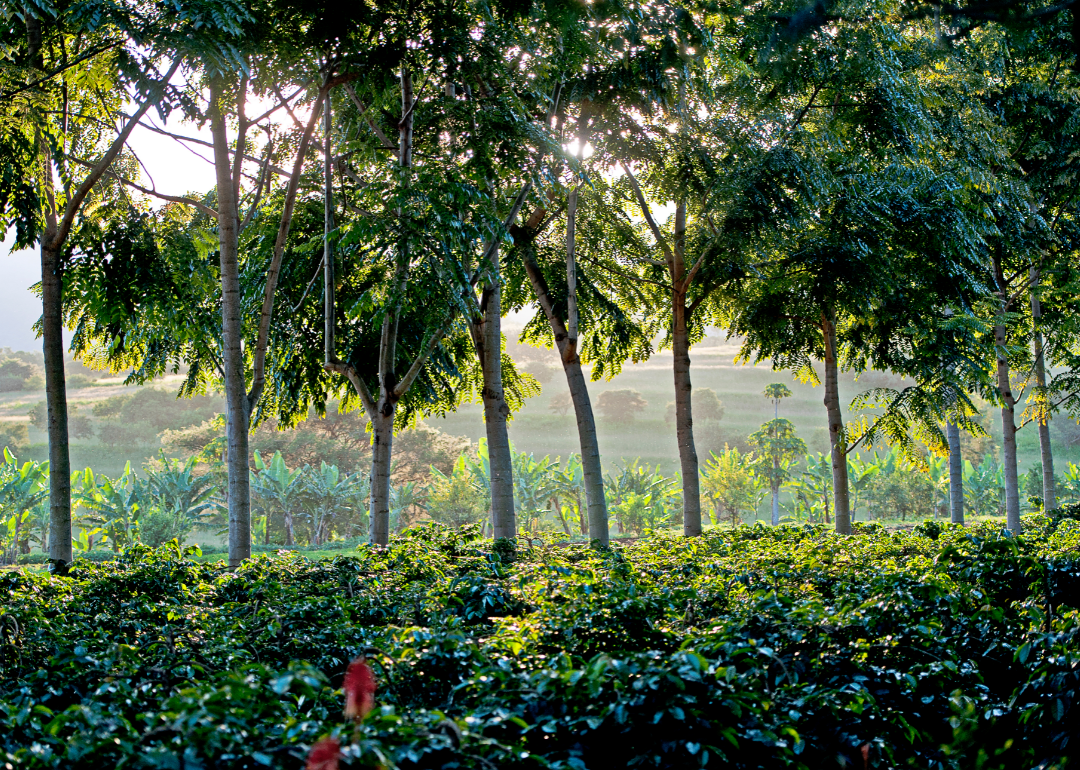
#10. Tanzania
- Average rating: 82.37
Tanzania's elevated areas give its coffee crops both the rich soil and cooler temperatures plants need for a slow and mild growing period. When processed, Tanzanian beans make a rare, delicious dark roast. But take note: They're oilier than average, so they're quicker to spoil.
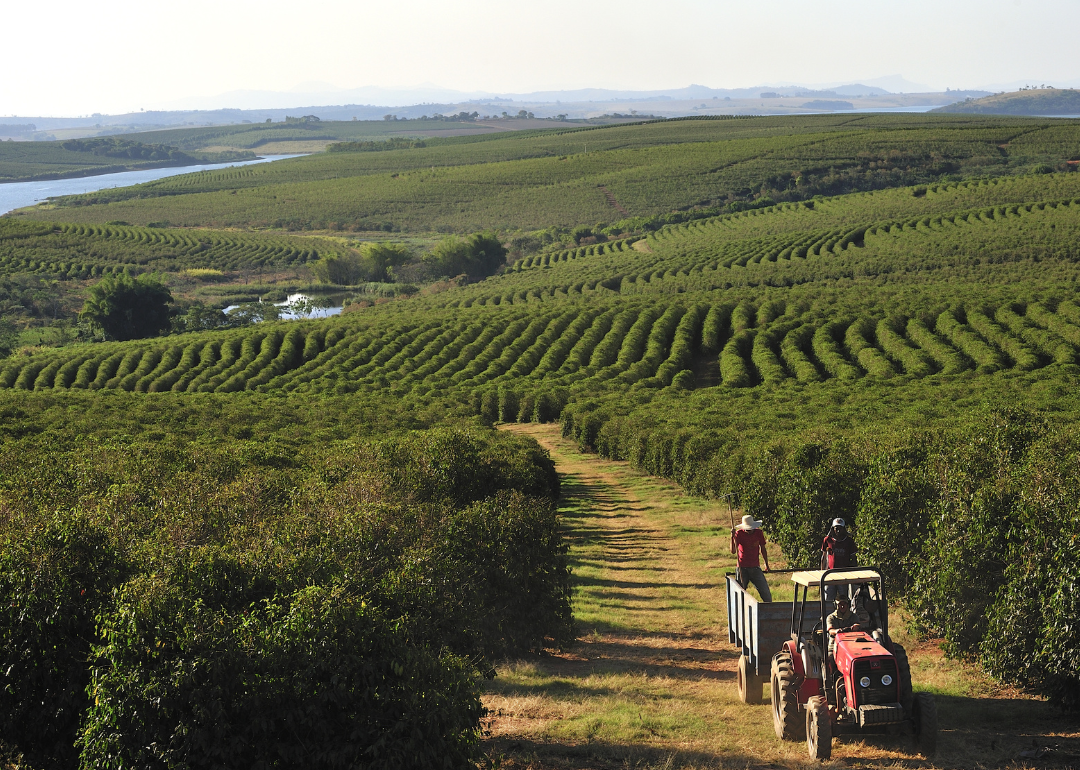
#9. Brazil
- Average rating: 82.41
If you want a bean with intense sweetness and a heavy body, look no further than Brazil. Of course, as the world's biggest coffee producer, you might not even have a choice in the matter.
Brazil has long dominated the production of Arabica coffee—and it won't slow down anytime soon. According to professor Luiz Gonzaga de Castro Junior, coordinator of the Management and Markets Intelligence Centre at the Federal University of Lavras, technological advances—such as "coffee genetic improvement, nutrition, management, mechanisation and post-harvest techniques"—have all contributed to the productivity and sustainability of Brazil's crop.
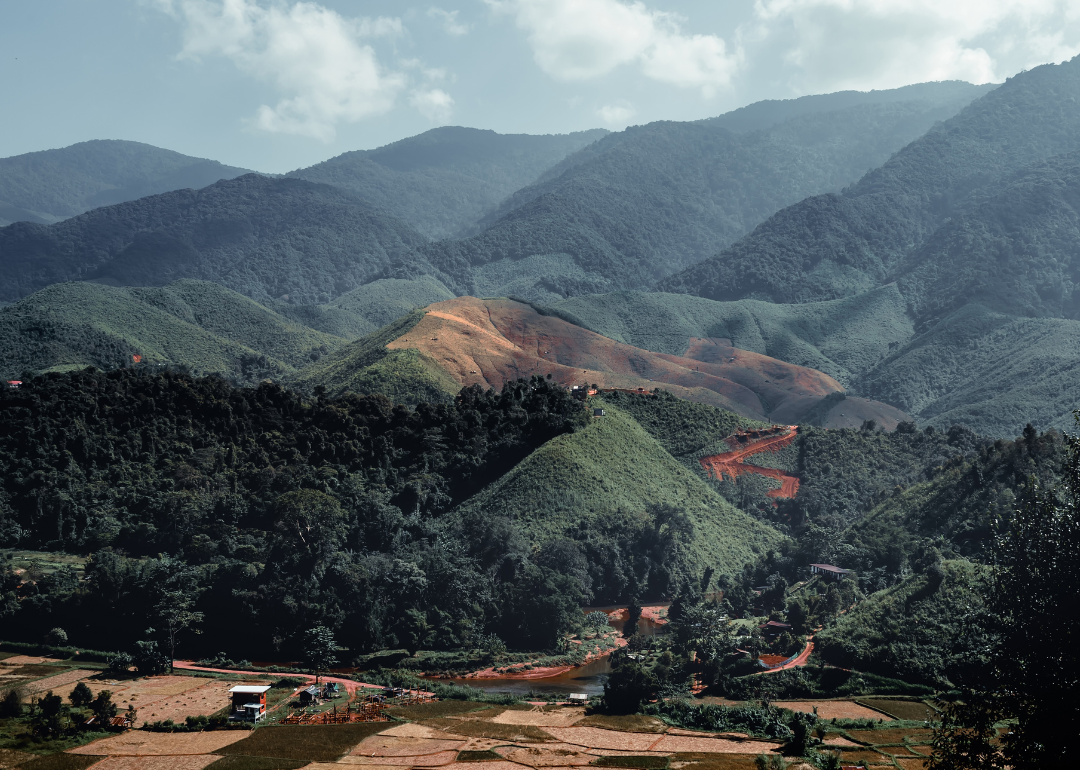
#7. Thailand (tie)
- Average rating: 82.57
Thailand might be a relative newcomer to the coffee-growing scene, but both its consumption and production have grown exponentially in recent years. Arabica coffee production dominates in the North, while robusta is a mainstay in the South. Across both regions, innovative processing methods, such as adding banana leaves during the fermentation process, are driving their production of specialty coffee and world-class flavor, according to Safak Akkose, owner of KIFFA Coffee Company.
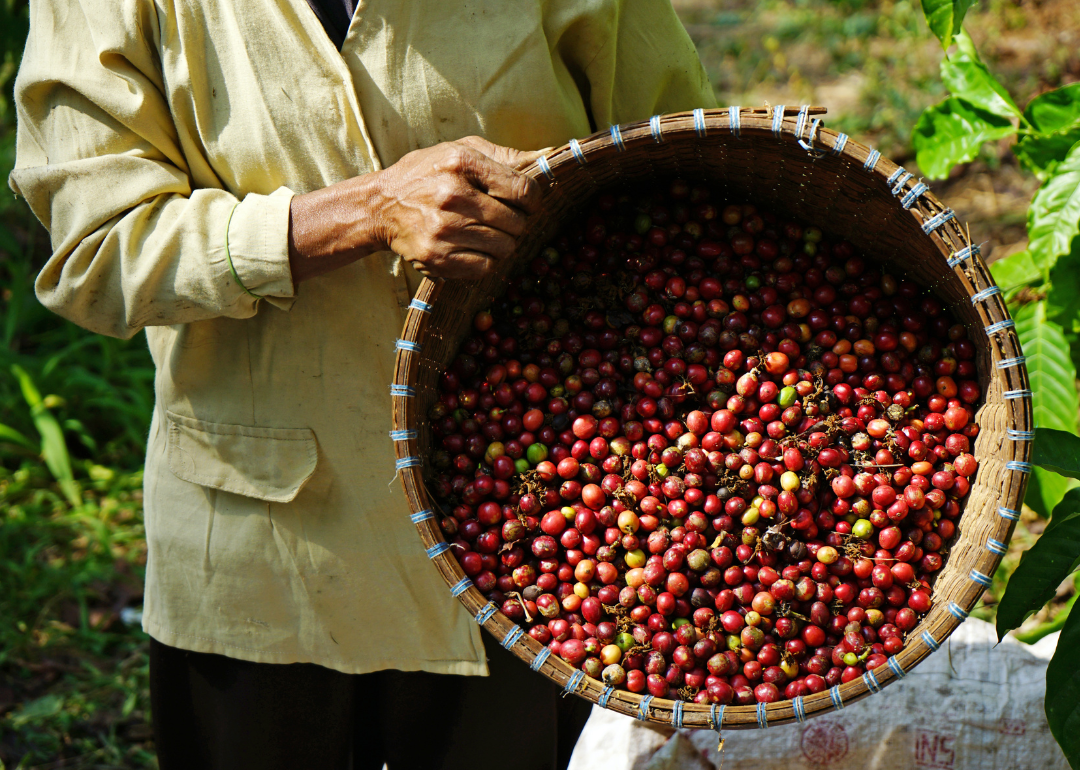
#7. Indonesia (tie)
- Average rating: 82.57
Many aficionados covet Indonesian coffee, with the country exporting some of the most unique specialty beans in the world. What distinguishes its beans is low acidity and niche spiced flavors like clove and nutmeg, all nourished by the islands' varied microclimates and lauded environmentally friendly farming practices. Perhaps another factor contributing to Indonesia's sustainable production methods is that 95% of Indonesia's plantations are owned by smallholders, meaning your beans are tended to by local families.
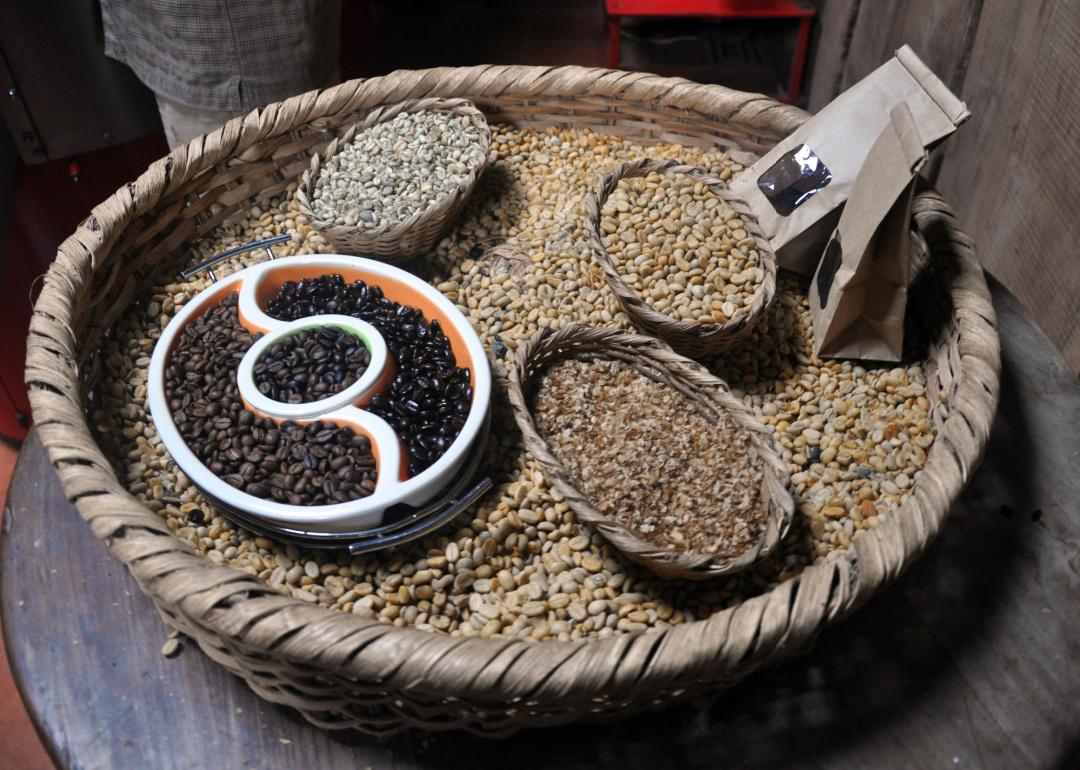
#6. Costa Rica
- Average rating: 82.79
Cool temperatures, moderate but steady sunlight, and good soil define Costa Rica's fertile Central Valley and make it perfect for coffee growth. Once roasted, most Costa Rican coffee is brewed using the pour-over method, and you'll see locals serving up cafe chorreador using a filter lovingly referred to as a "coffee sock." Don't be deterred by the lowbrow nomenclature—Costa Rican coffee was the most expensive option on Starbucks' menu in 2012—it sold out at $7 a cup and $40 for a half-pound bag.
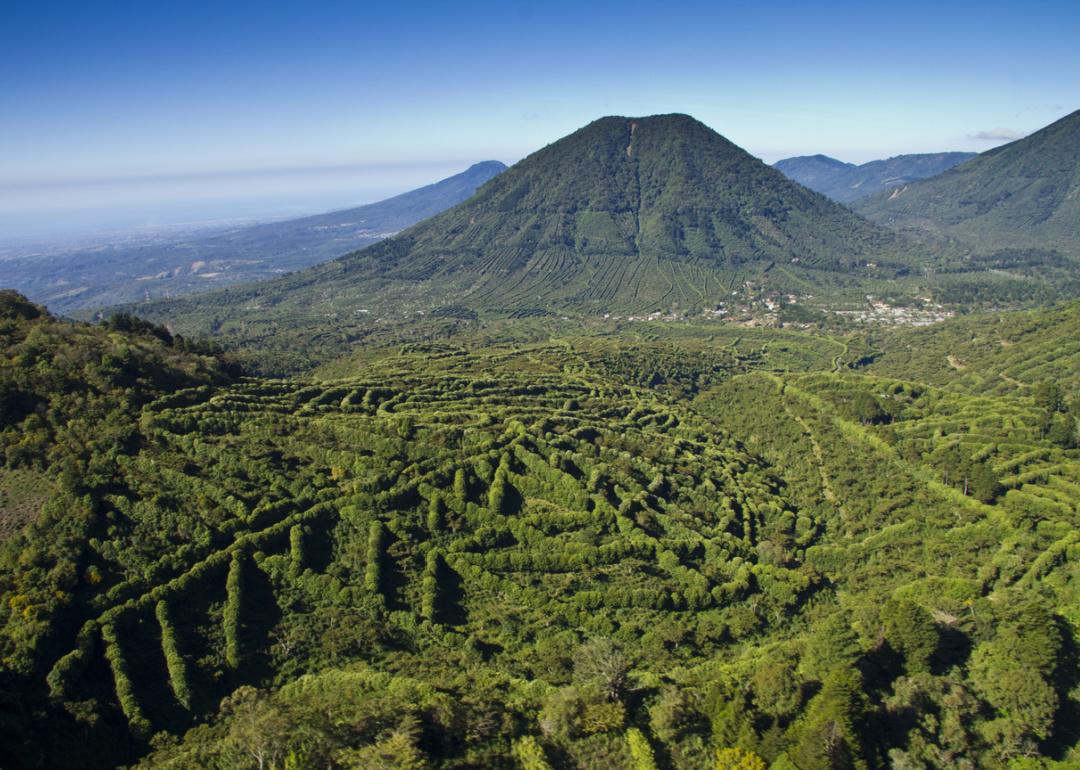
#5. El Salvador
- Average rating: 83.05
Known as the land of volcanoes, coffee, and surf, it's easy to understand why coffee plants thrive in El Salvador. The growers place such importance on the elevation and soil. Farms that can produce beans at an elevation between 900 and 1,500 meters (3,000 to 5,000 feet) are known as High Grown, while the rest are known as Central Standard. The resulting beans are marked by a gentle acidity and honey-like sweetness, making them great for blending with other varieties.
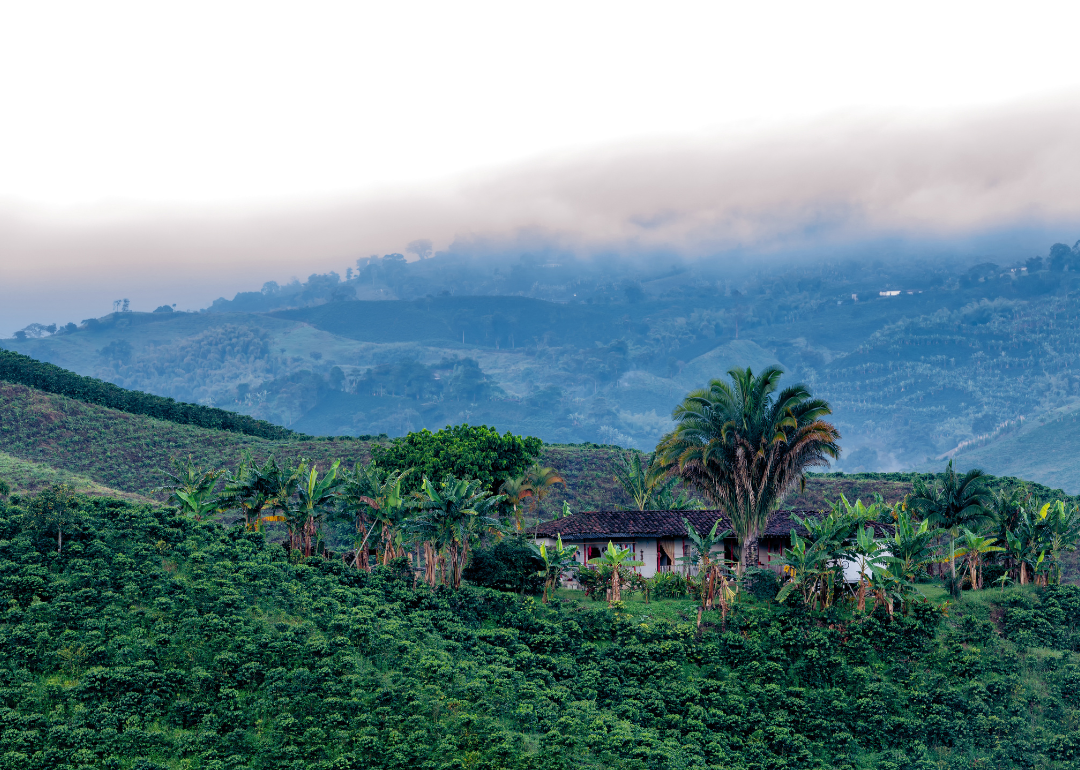
#4. Colombia
- Average rating: 83.11
Home to dozens of microclimates and thousands of lush, well-canopied hills and mountains, Colombia is almost an exclusive grower of the shade-loving aromatic, mild, and fruity Arabica coffee beans. They're harvested twice yearly—from March to June and September to December—so you can enjoy them year-round. According to András Koroknay-Pál, senior sourcing manager at Paulig, many growers still employ manual harvesting methods, so your Colombian coffee beans may have been hand-picked.
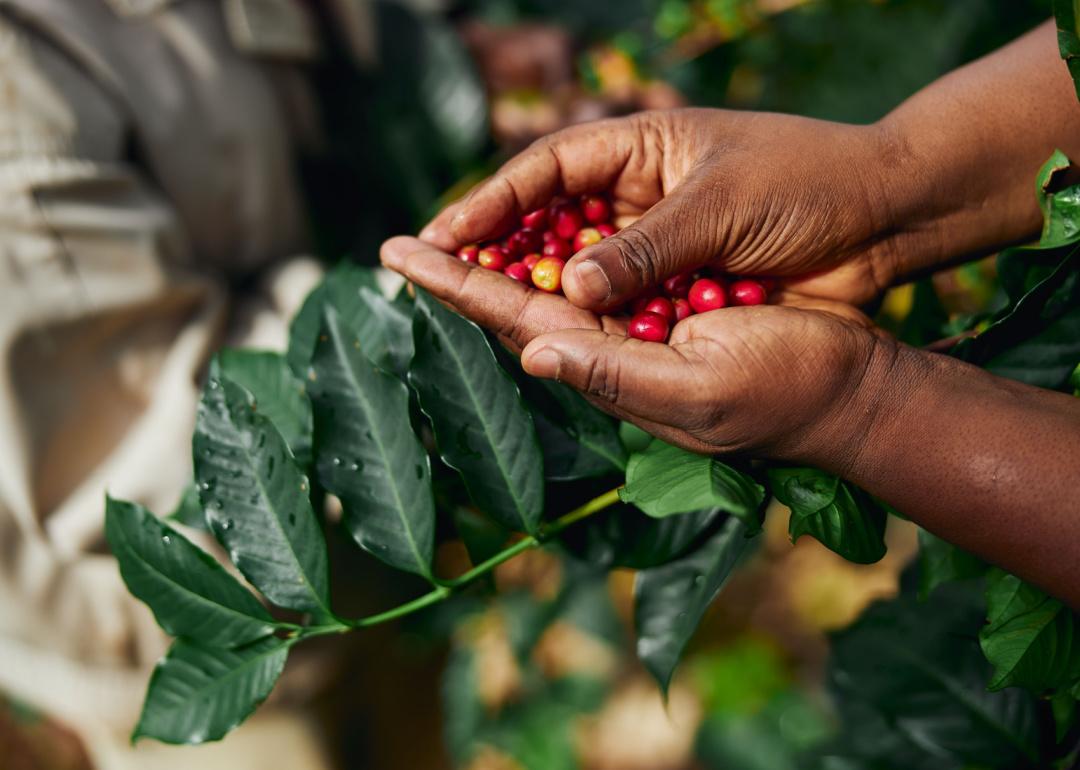
#3. Uganda
- Average rating: 84.05
Uganda's robusta coffee plants are naturally occurring without human intervention. In fact, while it might be new to the international coffee scene, robusta coffee has been part of Ugandan life for centuries. Though robusta typically takes a backseat to Arabica coffee's richer, smoother taste, farmers particularly appreciate the plant's disease-resistant properties.

#2. Kenya
- Average rating: 84.31
In many Kenyan coffees, you'll find a slight acidity akin to ripe berries and black currant balanced by a mellower, brown sugar sweetness. SL-28 is the most renowned Kenyan coffee variety for its drought resistance and high yields. Cultivated for nearly a century, SL-28 and SL-34 have become synonymous with Kenyan coffee production and consistently excellent cup quality.
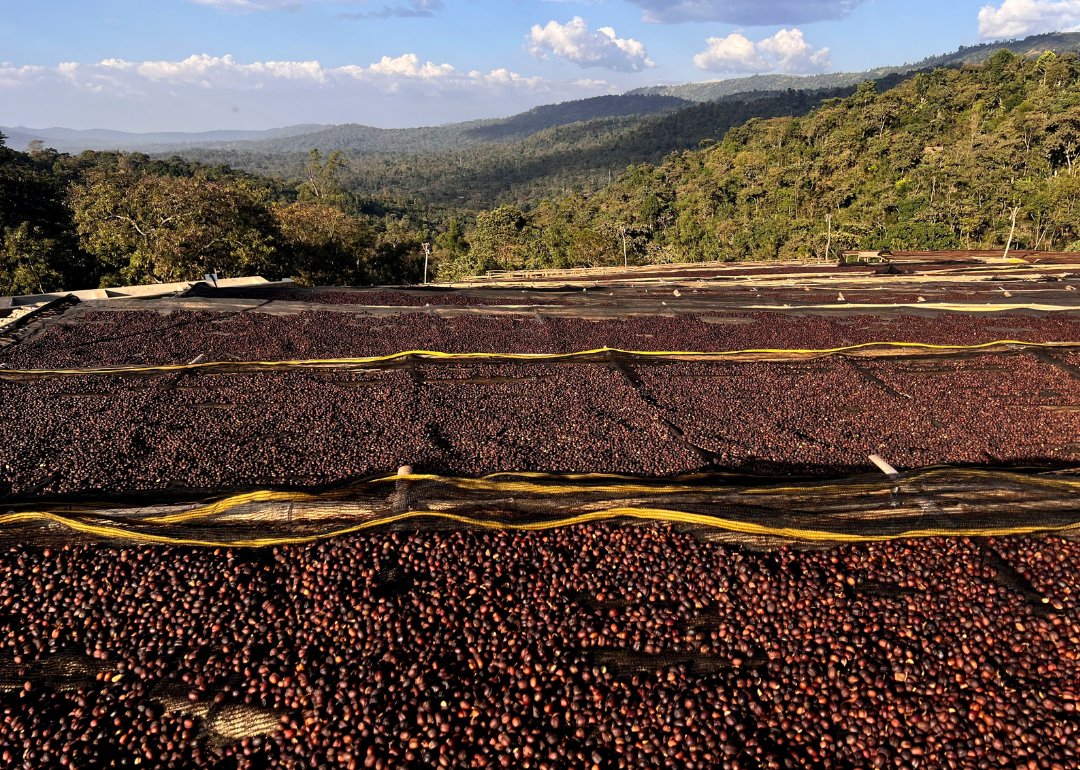
#1. Ethiopia
- Average rating: 84.88
As the birthplace of Arabica coffee, it's no surprise Ethiopia is the best coffee-growing country in the world. Natural processing and a history of brewing spanning hundreds of years have yielded varieties with the coffee's trademark fruity, floral flavor. The coffee trade makes up such a big part of work life in Ethiopia that it constitutes a whopping 10% of the country's total agricultural production. There's one huge difference between Ethiopia and other coffee-growing African countries, though: Locals gobble up half of the national coffee output here.
Data reporting by Lucas Hicks. Story editing by Chris Compendio. Copy editing by Paris Close.



